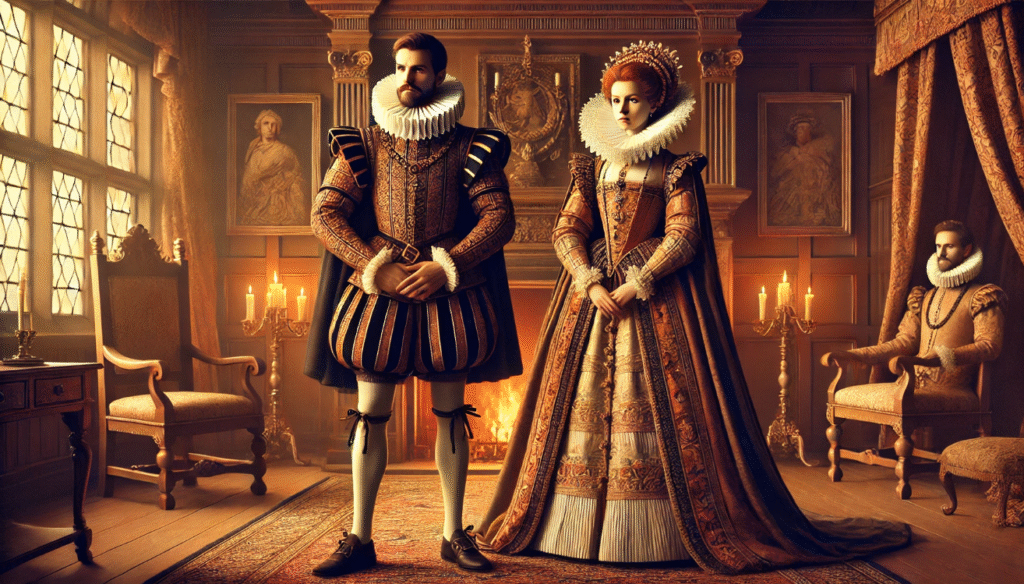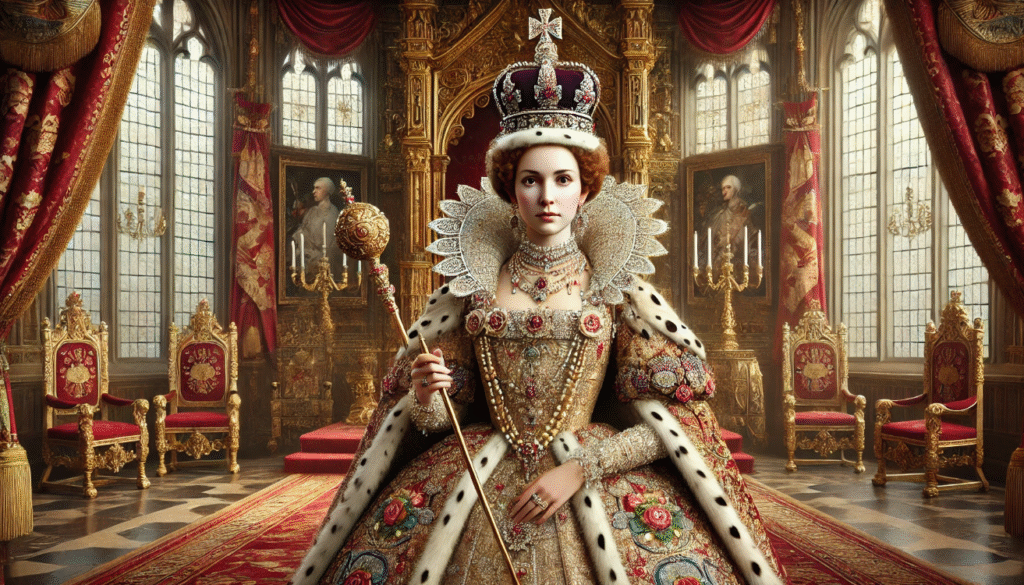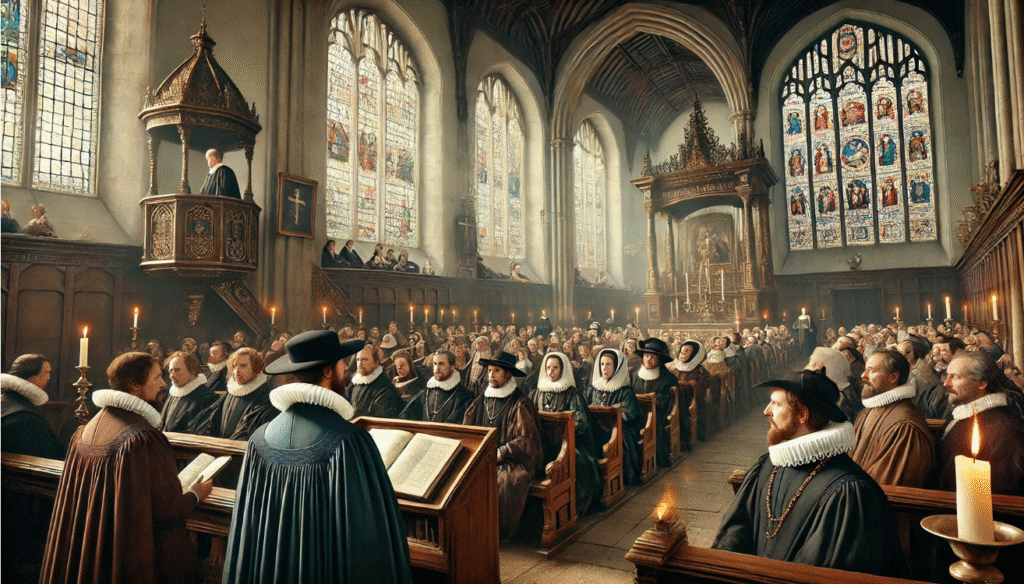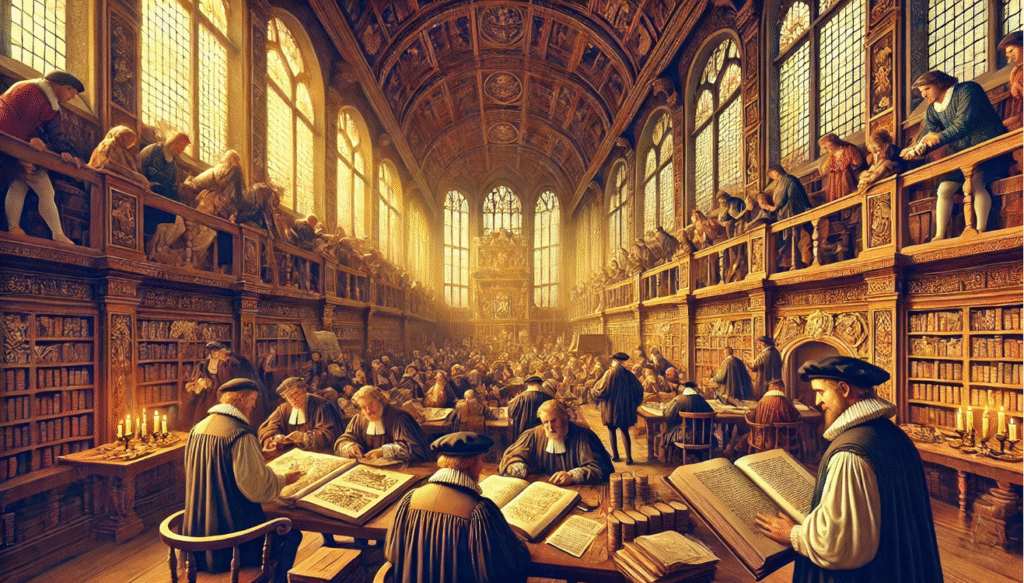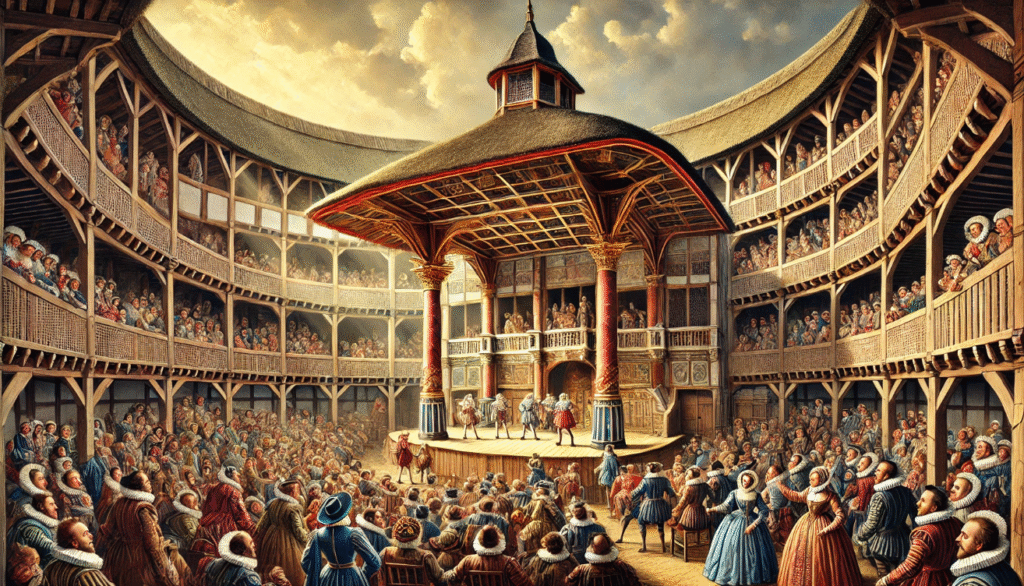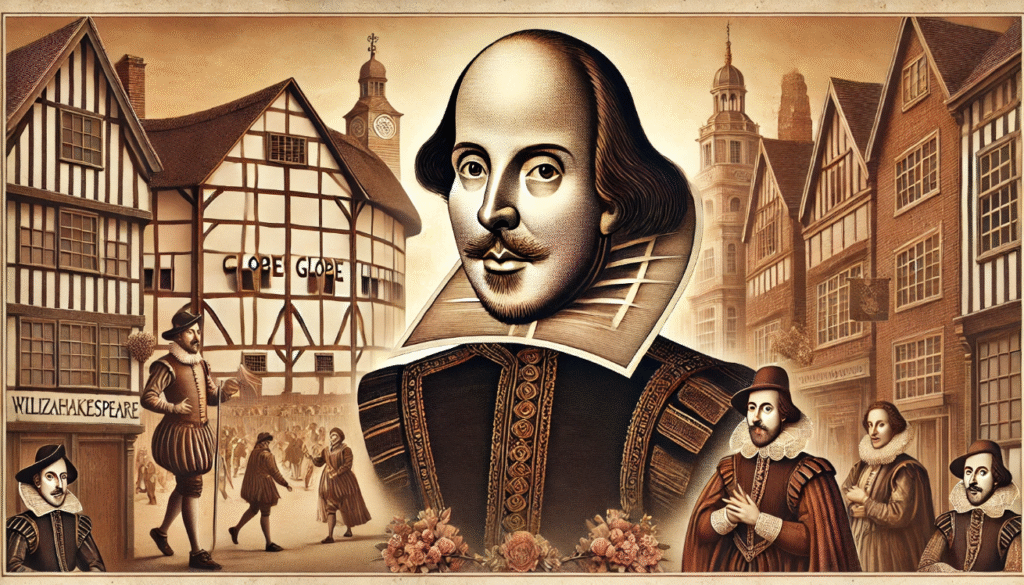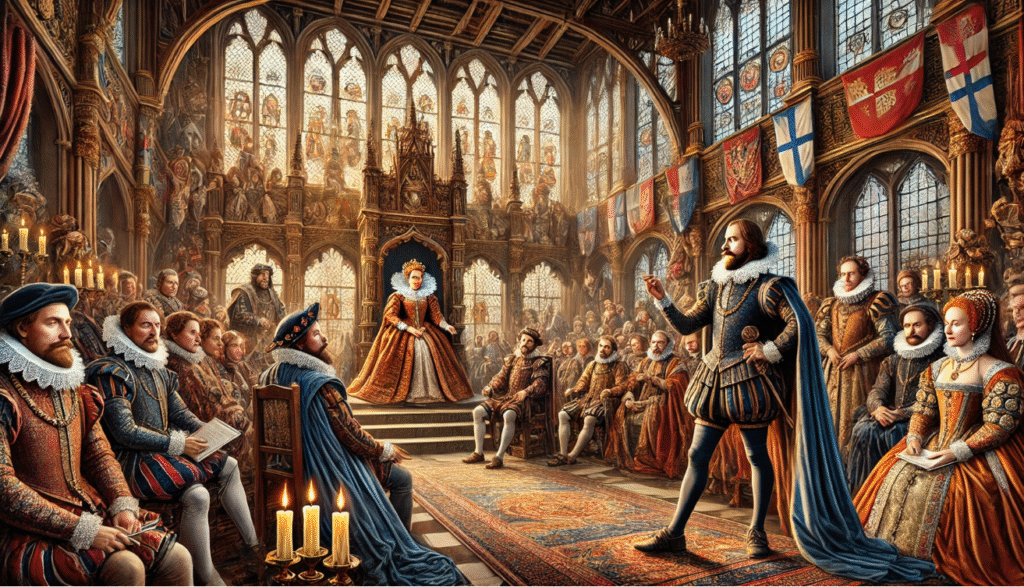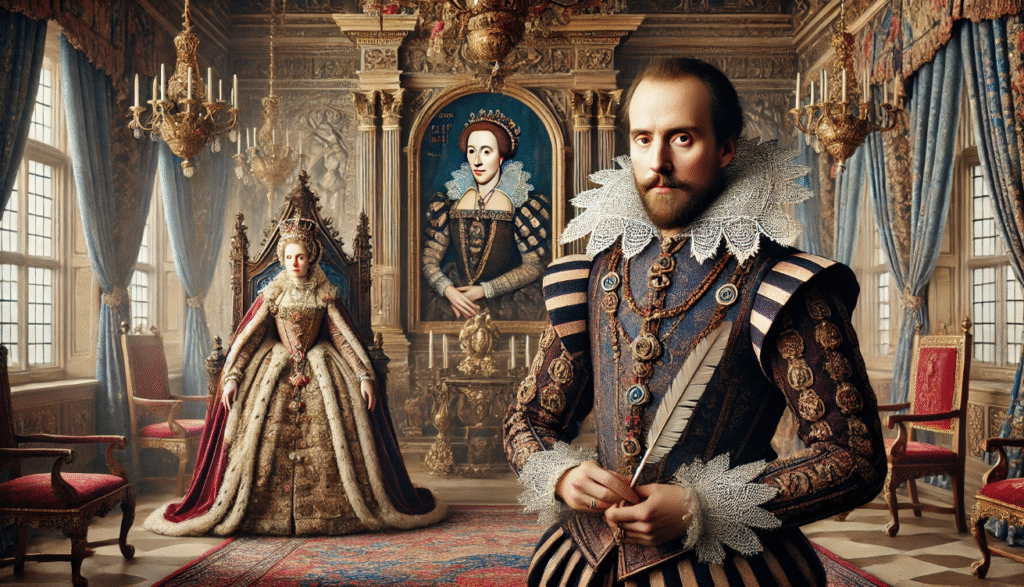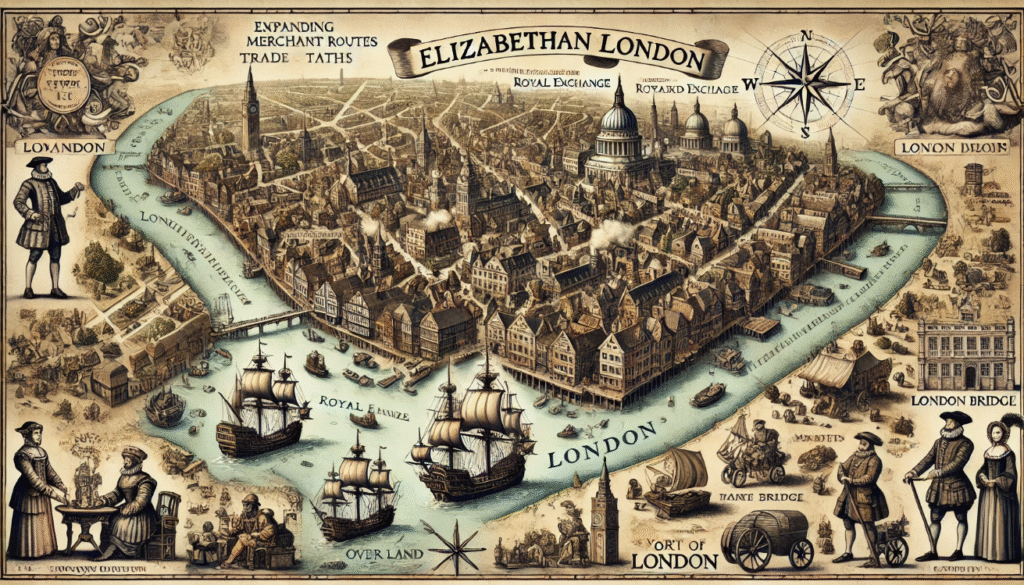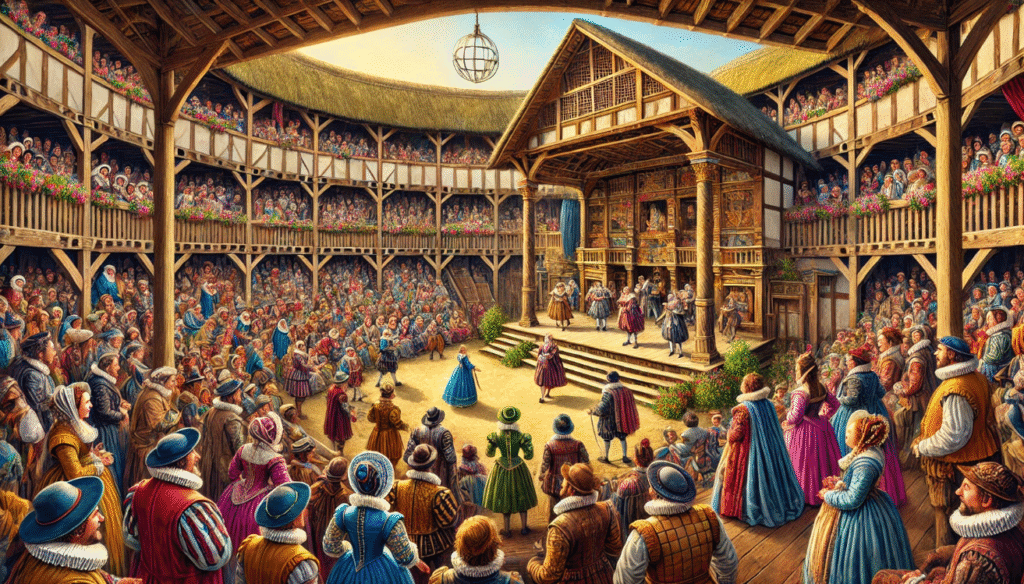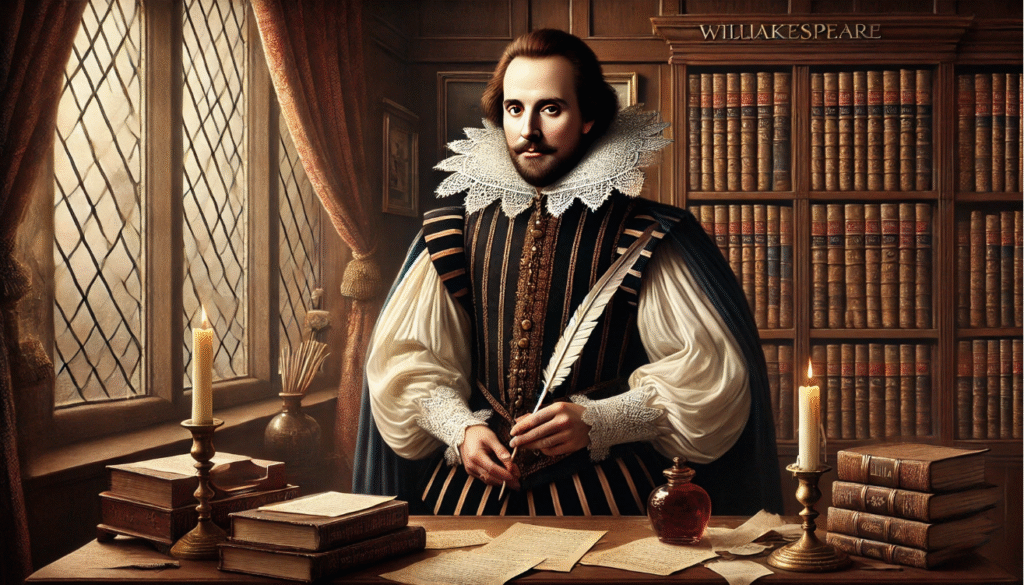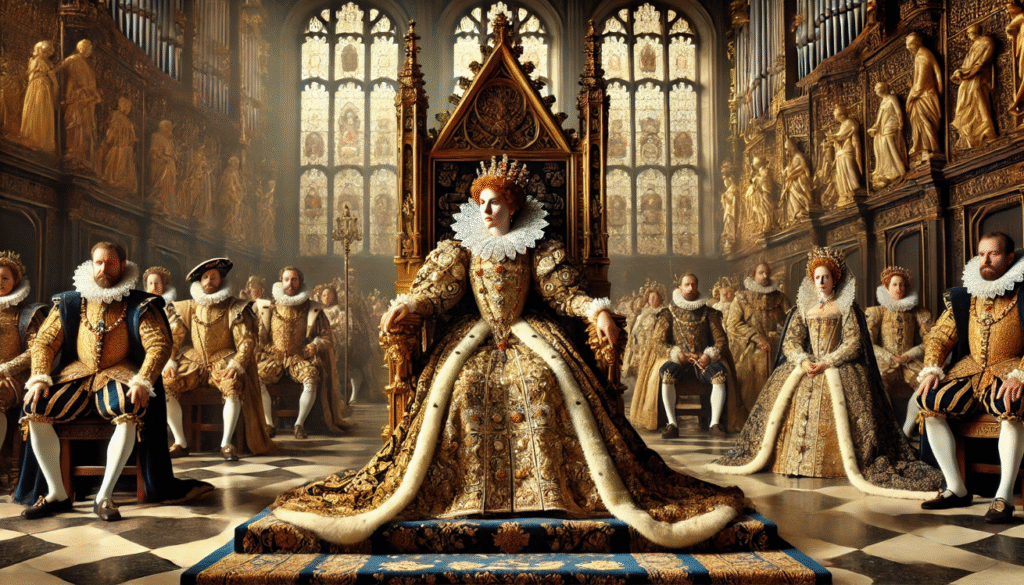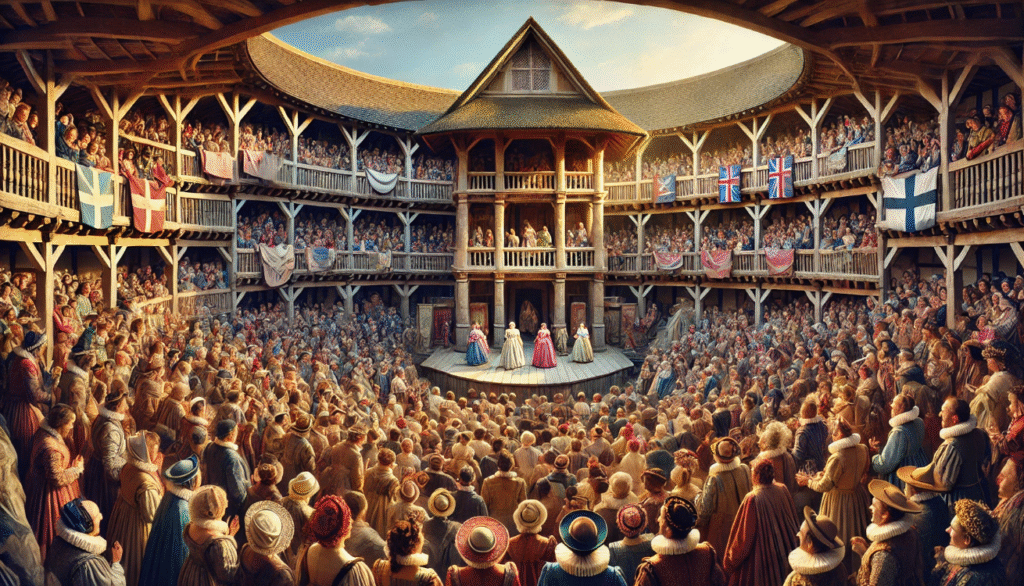Shakespeare’s enduring influence on literature is undeniable, as his works continue to captivate audiences and scholars alike. The role of gender in Shakespeare’s time and sonnets offer a window into the societal norms and values of the Elizabethan era, particularly in terms of gender roles. During this time, England was a patriarchal society with rigid expectations for men and women. The role of gender in Shakespeare’s time this article aims to explore how these gender roles shaped society and influenced Shakespeare’s works, shedding light on the complexities of gender dynamics in the playwright’s time.
Gender Norms in Elizabethan Society
Overview of Patriarchal Structure:
The male-dominated societal framework refers to a system in which men hold the majority of power and influence in various aspects of life, including the role of providers, leaders, and decision-makers. This framework often results in legal and societal restrictions on women, limiting their opportunities for advancement and participation in decision-making processes. It is important to recognize and address these inequalities in order to create a more equitable and inclusive society for all individuals. This may involve challenging traditional gender roles and promoting policies and practices that support gender equality.
Women’s Roles:
Historically, women have been expected to fulfill traditional roles as wives, mothers, and caretakers, with limited access to education, property rights, and participation in public life. These expectations have often placed restrictions on women’s opportunities for personal and professional development. However, there have been significant advancements in recent years towards gender equality and the empowerment of women, with increasing access to education, property rights, and opportunities for women to participate in public life. It is important to continue working towards breaking down these traditional expectations and creating a more equal and inclusive society for all individuals.
Social Class and Gender:
Gender expectations varied significantly between nobility and commoners in historical societies. Among the nobility, there was often a greater emphasis on rigid gender roles, with men being expected to display strength, leadership, and prowess in battle, while women were expected to embody grace, beauty, and domesticity. Commoners, on the other hand, had more flexibility in their gender roles, as they often had to work together to maintain their households and farms. Additionally, common women often had to contribute to the family’s income through various forms of labor. However, it’s important to note that these expectations varied significantly depending on the specific time period and cultural context.
Gender and the Theatre in Shakespeare’s Time
All-Male Casts:

The prohibition of women on stage dates back to the 17th century when it was considered improper for women to perform in public. As a result, young boys were often cast in female roles in plays. This practice continued for many years until women were eventually allowed to perform on stage. Today, it is common for both men and women to portray characters of the opposite gender in plays and other forms of entertainment.
Impact on Shakespeare’s Female Characters:
Male actors have historically influenced the portrayal of women in various ways. From the early days of theater to modern film and television, male actors have often been cast in lead roles, while women were relegated to supporting or secondary positions. This has resulted in a skewed representation of women’s experiences and perspectives on screen. In terms of creative constraints, the influence of male actors has often limited the range of roles available to women in the entertainment industry. Female characters have been stereotyped and marginalized, with limited opportunities for complex and multifaceted portrayals. However, there are also opportunities for depicting women’s roles in a more empowering and authentic way.
Representation of Gender in Shakespeare’s Works
Dynamic Female Characters:

Shakespeare’s works challenged traditional gender roles through the depiction of strong, intelligent, and complex women. Characters like Portia in “The Merchant of Venice,” Lady Macbeth in “Macbeth,” and Viola in “Twelfth Night” defied societal expectations and showcased the complexity and depth of women’s experiences. These women were not only capable of holding their own but also played pivotal roles in driving the plot forward. Shakespeare’s portrayal of these characters continues to inspire and empower audiences to this day.
Themes of Gender Identity and Fluidity:
Cross-dressing and gender disguise have been common themes in literature and theater for centuries, often used to explore the idea of gender as a performance rather than a fixed identity. Characters like Rosalind in As You Like It and Viola in Twelfth Night use cross-dressing to navigate social expectations and explore their own identities. These portrayals challenge traditional gender norms and offer insight into the complexities of gender expression. By presenting gender as a fluid and performative concept, these characters invite audiences to consider the ways in which identity can be constructed and expressed. Overall, cross-dressing in literature and theater serves as a powerful tool for examining the intricacies of gender and the societal expectations that surround it.
Contrasting Male Characters:
Archetypes of masculinity are commonly found throughout literature, film, and other forms of storytelling. The noble hero, often portrayed as brave, strong, and honorable, represents the idealized version of masculinity. On the other hand, the flawed villain embodies characteristics such as aggression, dominance, and a lack of empathy. These archetypes are often used to explore and challenge societal expectations of what it means to be a man, and they can provide valuable insight into the complexities of male identity.
The Influence of Elizabeth I on Gender Dynamics
A Female Monarch in a Patriarchal Society:

Queen Elizabeth I defied gender norms and influenced cultural perceptions of women in several ways. First, she was a highly educated and intelligent ruler, challenging the belief that women were not capable of ruling effectively. She also used her intelligence and political savvy to navigate the male-dominated world of politics and diplomacy, demonstrating that women could be powerful and successful leaders. Additionally, she embraced her femininity and used it to her advantage, presenting herself as a symbol of strength and authority while also promoting the idea that women could be both powerful and nurturing. Through her reign, she showed that women could be just as capable and influential as men, leaving a lasting impact on cultural perceptions of women in her time and beyond.
Reflections in Shakespeare’s Works:
Both Elizabeth I and Shakespeare’s strong female characters were influential figures during the Elizabethan era. Elizabeth I was known for her intelligence, political acumen, and strength as a ruler, while Shakespeare’s female characters, such as Lady Macbeth and Cleopatra, were depicted as complex and powerful individuals. Both Elizabeth I and Shakespeare’s strong female characters challenged traditional gender roles and demonstrated the potential for women to wield power and influence in a male-dominated society. Their parallel portrayals reflect the changing attitudes towards women and the increasing recognition of their capabilities during the Elizabethan era.
Gender Roles and Power Dynamics
Marriage and Courtship:
In The Taming of the Shrew, Shakespeare portrays power struggles in romantic relationships through the characters of Petruchio and Katherine. Petruchio attempts to “tame” Katherine by asserting his dominance over her and using tactics such as deprivation and manipulation. This reflects the societal expectations of women in marriage during Shakespeare’s time, which included obedience and virtue. The play highlights the unequal power dynamics and challenges traditional gender roles, sparking discussions on gender and relationships.
Power and Authority:
Women in positions of influence, such as Lady Macbeth and Cleopatra, often challenge societal expectations of dominance by using their intelligence, charisma, and manipulation to gain power and influence. Male characters may navigate these societal expectations by either embracing or resisting their roles as dominant figures, depending on their individual personalities and the specific cultural norms of the time period in which the story takes place. Some male characters may feel threatened by powerful women and attempt to assert their dominance in response, while others may be more accepting of women in positions of influence and work collaboratively with them. Ultimately, the dynamics of power and dominance in literature reflect the complexities and nuances of gender roles in society.
Modern Reinterpretations of Shakespeare’s Gender Themes
Reimagining Shakespeare’s Plays:

Yes, contemporary performances with gender-swapped roles, such as casting women in traditionally male roles like Hamlet, have been gaining popularity in recent years. This practice challenges traditional gender norms and allows for fresh perspectives on classic works. It also provides more opportunities for women in the performing arts and can lead to interesting reinterpretations of familiar characters. Overall, it’s an exciting trend that adds depth and diversity to the world of theater and performance.
Relevance of Gender Commentary Today:

Shakespeare’s exploration of gender in his plays, such as cross-dressing in “Twelfth Night” and the questioning of traditional gender roles in “Macbeth,” continues to resonate with modern discussions about gender identity and equality. His portrayal of complex and layered characters who challenge societal norms and expectations provides a nuanced understanding of gender that is still relevant today. In particular, the themes of gender fluidity, non-conformity, and the struggle for equality depicted in his works align with contemporary conversations about gender identity and the ongoing fight for gender equality. Shakespeare’s exploration of gender serves as a timeless reflection of the complexities and challenges surrounding gender, making his work a valuable resource for understanding and addressing modern issues related to gender.
Gender roles have been a significant aspect of societal norms throughout history, with strict expectations placed on individuals based on their gender. In Shakespeare’s time, these roles were particularly rigid, with women being expected to be submissive and obedient, while men were expected to be strong and assertive. Shakespeare’s portrayal of gender in his plays often challenged these traditional roles, with many of his female characters displaying strength, intelligence, and independence. This was particularly revolutionary for the time, as it allowed audiences to see women in a different light and question the societal norms of the era. The modern significance of Shakespeare’s portrayal of gender lies in its ability to inspire ongoing conversations about gender roles and expectations.

